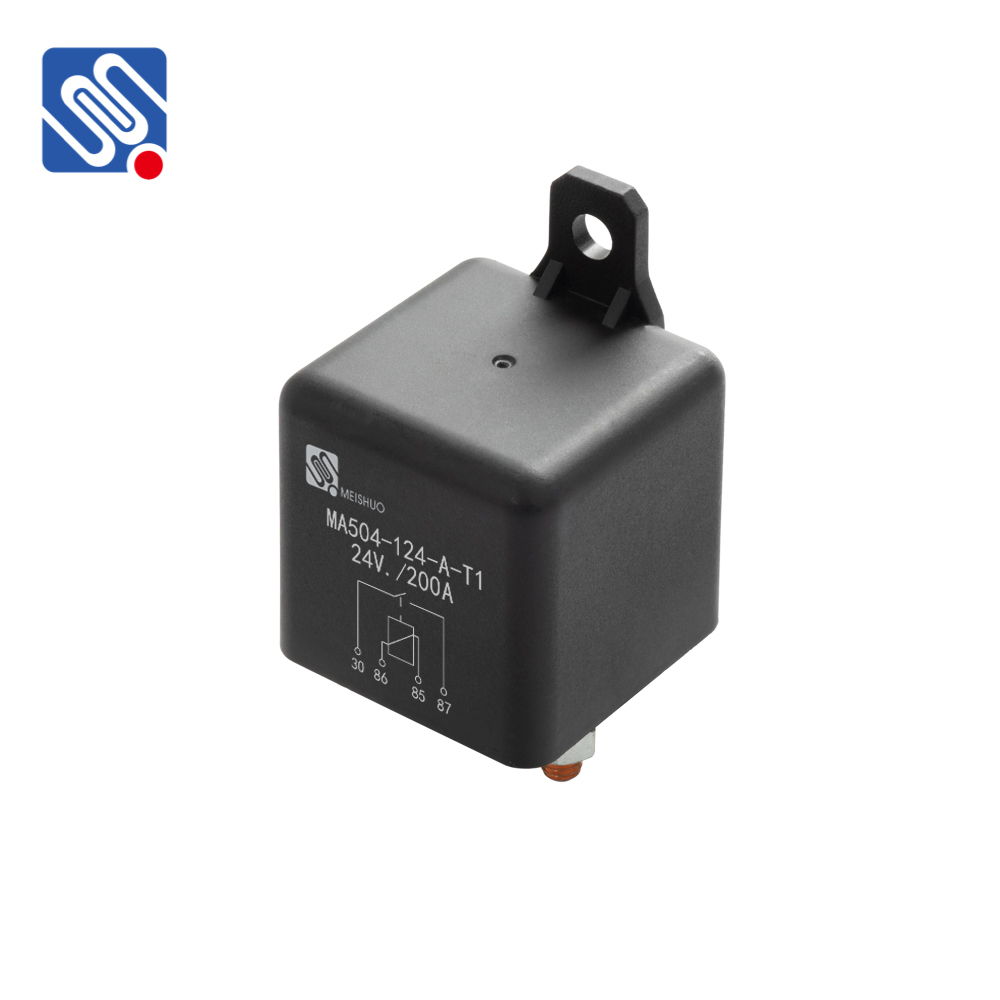Relay installation is a crucial aspect of electrical and automation systems, playing a key role in controlling circuits, systems, and machines remotely. A relay acts as an electronically controlled switch that allows a low voltage control signal to manage the switching of higher voltage or current circuits. This ability makes relays essential in various applications, such as home appliances, industrial automation, automotive systems, and telecommunications. The following article will provide a comprehensive overview of relay installation, covering key steps and considerations for successful implementation.

Understanding Relays Before diving into the installation process, it is important to understand the basics of relays. A relay is essentially an electromagnetic switch that opens or closes contacts when an electric current passes through a coil. There are different types of relays, including electromagnetic, solid-state, time-delay, and thermal relays, each designed to handle specific tasks and requirements. The primary components of a relay include: Coil: The electromagnet that, when energized, creates a magnetic field. Contacts: The switching elements that open or close depending on the presence of current in the coil.